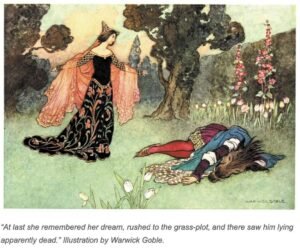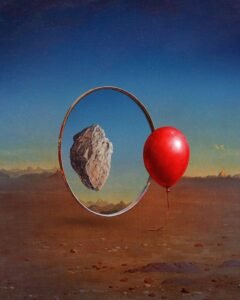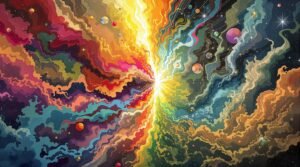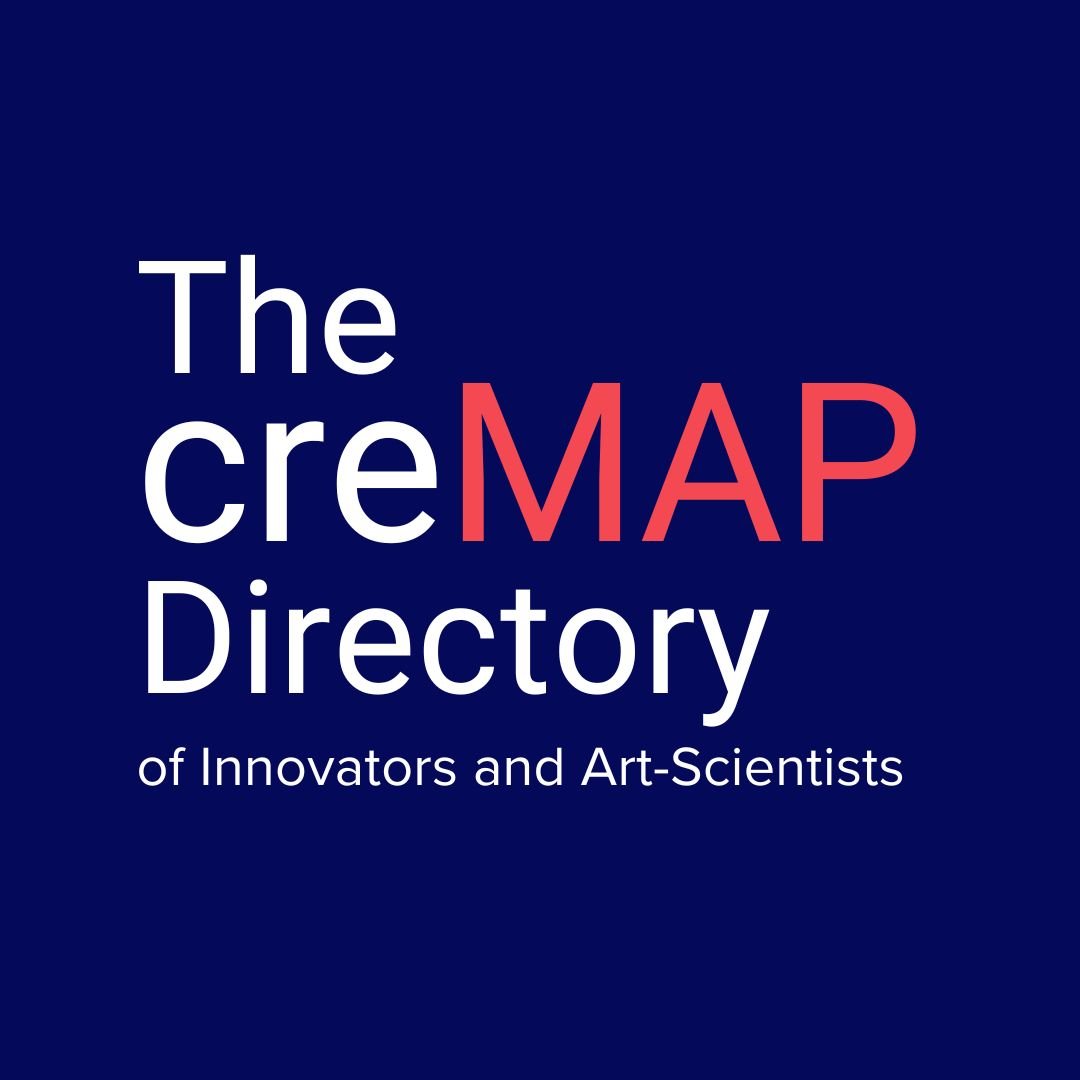For Ben Thomas, a PhD student in clinical psychology and creator of Sisyphus 55, a YouTube channel that merges animation, philosophy and mental health, knowledge and emotion are not opposites but collaborators. He sees art as a bridge between the human and the empirical, a way to make science both intelligible and alive. “Art,” he explains, “begins with an experience that makes people curious enough to learn.”
Ben’s channel explores psychology, philosophy and mental health through retro-inspired animation, surreal humour and quiet existential reflection. What began as a creative side project in high school has evolved into a globally resonant platform for accessible, emotionally intelligent science communication. The project’s purpose, as Ben puts it, is “art communicating science,” a space where evidence-based ideas meet deeply human experiences.
The Art of Communication
Traditional science communication, Ben observes, often privileges precision over resonance. “There’s more clarity and accuracy,” he says, “but it can miss that first spark… getting people interested enough to care.” His animations reintroduce that spark. By merging empirical insight with creative storytelling, Ben and his brother, Izaak Thomas, who co-produces and animates, transform clinical concepts into narratives that feel lived.
“Art is resonant,” he explains. “It’s shared. It starts with that moment of recognition when someone says, ‘I’ve felt that.’” In those moments curiosity becomes possible. For Ben, this interplay between emotion and intellect mirrors what psychologists call intersubjectivity, the shared space of understanding between people. His channel invites viewers into that space, offering art as a vehicle for empathy and empathy as a gateway to learning.
Men, Meaning and Mental Health
A recurring theme in Ben’s work is men’s mental health, a subject often weighed down by cultural silence. “Young men especially are socialized early on not to seek help,” he says. Many turn to online spaces for belonging, where simplified narratives and ideologies thrive. Ben’s channel offers an alternative voice, using psychology and philosophy to guide reflection rather than reaction.
He has received countless messages from young men describing how the channel helped them through breakups, loneliness or crises of meaning. “I want them to think critically about their experiences,” Ben says, “to see that philosophy and psychology offer tools beyond the quick fixes of the internet.” In this sense his work is both therapeutic and educational, inviting viewers to replace cynicism with curiosity.
Between Absolutes and Ambiguities
When asked whether science is absolute, Ben responds with philosophical restraint. He cites thinkers like Max Weber and critiques of scientism, warning against “the idea that everything can be solved through empirical understanding.” Science, for him, is a pragmatic tool — powerful but never infallible.
“The truth,” he says, “is ultimately intersubjective. It’s what we can generally agree on.” His philosophy foregrounds the human in every equation. Knowledge is not a fixed endpoint but an ongoing dialogue that must leave room for uncertainty and imagination.
That balance between knowing and feeling lies at the heart of both his creative and clinical work. “At the end of the day, humans are behind all of this,” he reminds us. “Science helps us understand, but art helps us care.”
The Style of Feeling
Visually, Ben’s animations are inspired by mid-century classics like Looney Tunes and The Pink Panther as well as the stripped-down sincerity of Don Hertzfeld’s hand-drawn work. “It’s simple, nostalgic and disarming,” he says. “When you’re talking about heavy topics like depression, existentialism or loneliness, the soft humour and minimalism help people approach them.”
The aesthetic itself becomes part of the philosophy. By reducing visual noise, the work draws attention back to the ideas and emotions that matter most. “Pairing complex thoughts with something warm and familiar makes them more approachable,” Ben explains. “It’s like a conversation rather than a lecture.”
Existential Roots
Ben’s academic and creative paths converge in existential philosophy. He traces his influences from Kierkegaard and Sartre to Carl Rogers and Viktor Frankl, thinkers who emphasized authenticity, freedom and meaning-making. “Most of therapy,” he says, “is about reinterpreting events and crafting narratives that give people dignity and purpose.”
He frequently returns to Camus’s absurdism, the idea that humans must create meaning in an indifferent world. “That’s fundamental to psychology,” Ben says. “We’re all trying to make sense of things and art, both creating and experiencing it, is one of the purest ways to do that.”
For Ben, art is not the opposite of science but its emotional complement. Where science seeks explanation, art seeks resonance. “Sometimes,” he reflects, “we over-intellectualize our problems. Art cuts through that. It lets us feel before we explain.”
Creativity as Practice
In his clinical future Ben hopes to integrate art more directly into therapeutic work. “Creating is healing,” he says. “It helps people express their subjective experience beyond words or diagnostic terms.” Whether through art therapy, music or narrative work, he sees creativity as a vital extension of evidence-based care, a way to honour the emotional truths that numbers cannot capture.
For now, his channel continues to evolve as a digital meeting point between the academic and the existential, a place where philosophical questions are animated, literally, into life. “It’s not about simplifying science,” Ben insists, “but about making it accessible… emotionally, not just intellectually.”
Between knowing and feeling lies the art of understanding, a space where curiosity, compassion and creativity meet. In that space Ben Thomas is teaching us that to communicate science well, one must first speak the language of the heart.




